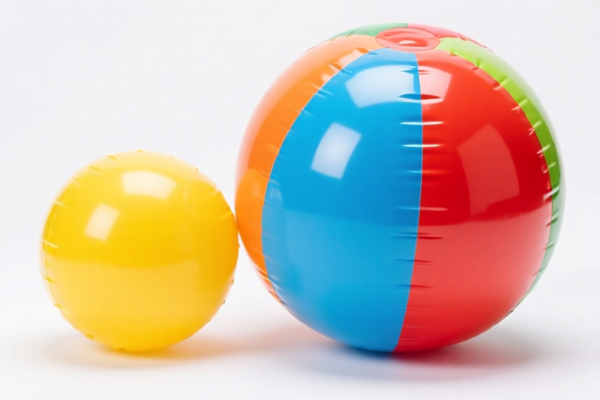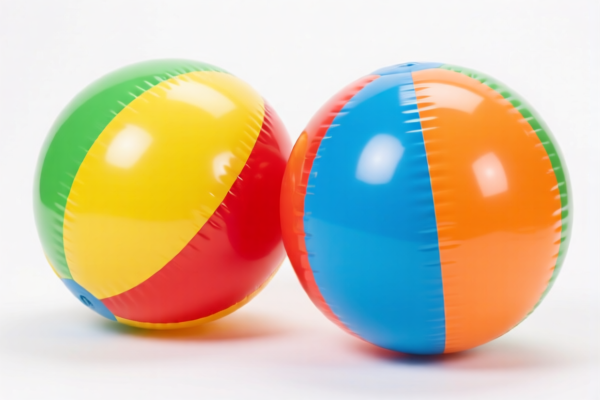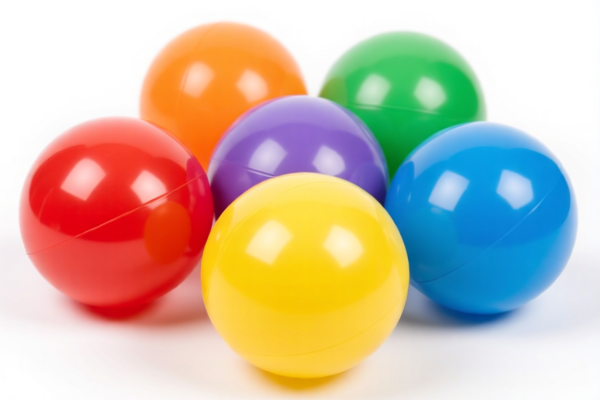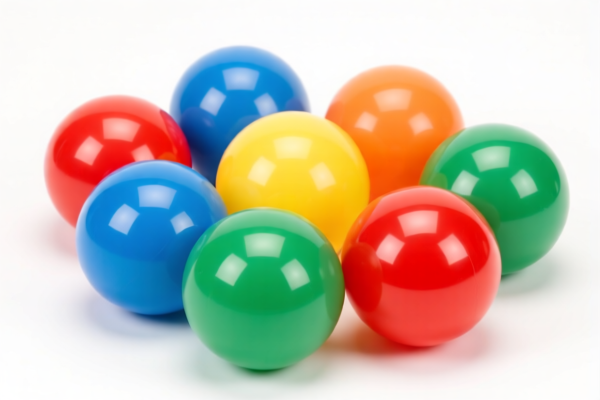| HS Code | Official Doc | Tariff Rate | Origin | Destination | Effective Date |
|---|---|---|---|---|---|
| 9503000071 | Doc | 30.0% | CN | US | 2025-05-12 |
| 9503000073 | Doc | 30.0% | CN | US | 2025-05-12 |
| 6815994170 | Doc | 55.0% | CN | US | 2025-05-12 |
| 6815992000 | Doc | 55.0% | CN | US | 2025-05-12 |
| 6801000000 | Doc | 57.8% | CN | US | 2025-05-12 |
| 3924104000 | Doc | 33.4% | CN | US | 2025-05-12 |
| 3924905650 | Doc | 40.9% | CN | US | 2025-05-12 |




Stacking Toys
Stacking toys are playthings designed to be assembled on top of each other, typically in a tower or other structure. They are a classic developmental toy used by infants and toddlers, promoting a range of skills.
Materials
Stacking toys are constructed from a variety of materials, each influencing the toy’s weight, texture, durability, and suitability for different ages:
- Wood: A common and durable material. Often finished with non-toxic paints or stains. Provides a classic aesthetic and substantial feel.
- Plastic: Lightweight and easy to clean. Available in a wide range of colors and shapes. Can be less expensive than wood. Concerns exist regarding BPA and phthalate content, so selecting BPA-free options is advisable.
- Soft Materials (Fabric, Silicone): Suitable for very young infants, offering a softer, more tactile experience. Silicone is often used for teething toys with stacking features.
- Cardboard/Paper: Lightweight and often used for introductory stacking sets. Less durable, but can be a cost-effective option.
Purpose & Function
The primary purpose of stacking toys is to foster cognitive, physical, and emotional development. Key functions include:
- Hand-Eye Coordination: Manipulating and stacking the pieces improves fine motor skills and coordination.
- Spatial Reasoning: Understanding how shapes fit together and building structures develops spatial awareness.
- Problem-Solving: Determining the order of stacking and preventing towers from falling encourages problem-solving skills.
- Cause and Effect: Children learn about gravity and balance through building and knocking down towers.
- Color and Shape Recognition: Many stacking toys incorporate different colors and shapes, aiding in early learning.
- Creativity & Imagination: Stacking toys can be used in open-ended play, encouraging creativity and imagination.
Usage Scenarios
- Infant Play (6-12 months): Simple stacking cups or rings are introduced to encourage grasping, exploration, and basic stacking.
- Toddler Play (12-36 months): More complex sets with varying shapes and sizes are used to build towers, patterns, and structures.
- Preschool Play (3-5 years): Stacking toys can be integrated into more imaginative play scenarios, such as building castles or cities.
- Independent Play: Stacking toys are often used for independent play, allowing children to explore and learn at their own pace.
- Guided Play: Parents or caregivers can use stacking toys to teach colors, shapes, numbers, and spatial concepts.
Common Types
- Stacking Rings: A classic set of rings of decreasing size, typically arranged on a central post.
- Stacking Cups: Cups of varying sizes that can be nested or stacked.
- Stacking Blocks: Blocks of different shapes and sizes designed to be stacked.
- Stacking Towers: Sets with uniquely shaped pieces that interlock or balance to create a tower.
- Soft Stacking Toys: Made from fabric or silicone, suitable for very young infants.
- Shape Sorters with Stacking Features: Combine shape sorting with stacking functionality.
- Balance Stacking Toys: Require balancing pieces to create a stable structure, promoting more advanced spatial reasoning.
Stacking toys fall under the category of toys, encompassing various wheeled toys, dolls, and recreational models. Here's a breakdown of relevant HS codes based on the provided information:
- 9503000071: This HS code covers Tricycles, scooters, pedal cars and similar wheeled toys; dollsʼ carriages; dolls, other toys; reduced-scale (“scaleˮ) models and similar recreational models, working or not; puzzles of all kinds; parts and accessories thereof, specifically categorized as “Childrenʼs products” intended for use by persons under 3 years of age. The tax rate is currently 0.0% base tariff, 0.0% additional tariff, increasing to 30.0% after April 2, 2025.
- 9503000073: This HS code also covers Tricycles, scooters, pedal cars and similar wheeled toys; dollsʼ carriages; dolls, other toys; reduced-scale (“scaleˮ) models and similar recreational models, working or not; puzzles of all kinds; parts and accessories thereof, but is for “Childrenʼs products” intended for use by persons 3 to 12 years of age. The tax rate is currently 0.0% base tariff, 0.0% additional tariff, increasing to 30.0% after April 2, 2025.
It is important to determine the intended age group of the stacking toys to select the correct HS code. If the toys are labeled or determined by the importer to be for children under 3 years of age, use HS code 9503000071. If they are for children between 3 and 12 years of age, use HS code 9503000073. Both HS codes are subject to a 30.0% additional tariff after April 2, 2025.
Customer Reviews
No reviews yet.